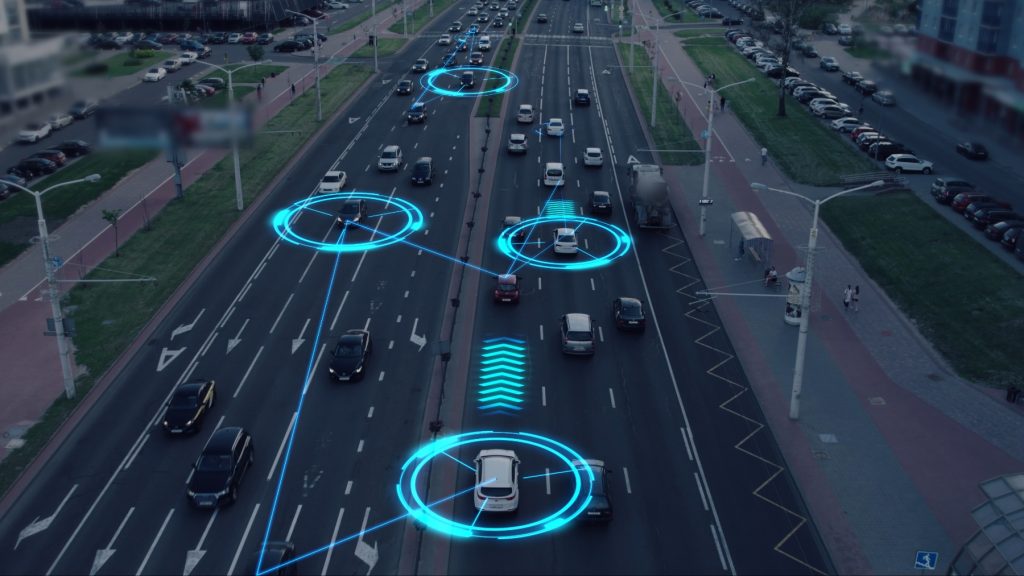
On Friday, the US Department of Transportation (DoT) introduced a national road safety plan enabling cars to communicate with each other and reducing fatalities by deploying the vehicle-to-everything technology (V2X).
According to the National Highway Traffic Safety Administration (NHTSA), around 41,000 people passed away last year alone due to motor vehicle crashes.
The V2X technology reduces the number of accidents caused by motor and car crashes, ultimately decreasing roadway fatalities to zero.
What Is V2X Technology?
The V2X allows vehicles to communicate with each other, and various elements of the road, such as traffic signals, pedestrians, and cyclists. This communication happens wirelessly by sending and receiving data about a vehicle’s speed, location, and road conditions in real-time.
This real-time communication allows vehicles to avoid any potential dangers, such as an approaching car at an intersection or a pedestrian crossing the road, even in cases with poor visibility. By continuously sharing information, V2X can help in preventing accidents, optimize traffic flow, and provide safer roads for everyone.
Challenges Are Always There
According to the plan set by the DoT for the rollout of V2X, it requires installation of various devices in cars, on roadsides, as well as in mobile networks. These devices are designed to communicate with each other quickly and securely while ensuring people’s privacy is protected.
The DoT mentioned that it has already been proven through smaller trials of the V2X technology in different parts of the country that it can improve safety.
Experts say V2X could prevent hundreds of thousands of crashes and reduce the severity of those that do happen by lowering the speed at which cars collide.
While the potential benefits of V2X are quite evident, the process of deploying such technology is not. As a matter of fact, it’s rather intertwined with complexities.
The DoT’s plan demands collaboration from stakeholders, including the FCC for spectrum rules and automakers for V2X-enabled vehicles. While cybersecurity and implementation costs pose challenges, it remains hopeful about the future of V2X technology and its potential to transform road safety.
“The Department has reached a key milestone today in laying out a national plan for the transportation industry that has the power to save lives and transform the way we travel,” said Secretary of Transportation Pete Buttigieg in a statement.
Chair of the National Transportation Safety Board, Jennifer Homendy, stated in a statement that V2X could stop up to 615,000 crashes.
“This plan is a crucial first step toward realizing the full life-saving potential of this technology,” Homendy added.
Final Thoughts
V2X technology could be an advancement the world needs to save lives and tackle a global issue. The ability of vehicles to automatically communicate data-based information internally and with the infrastructure could reduce accidents, especially when addressing situations of visibility and reaction time of human drivers.
One thing remains uncertain though, and that is the success of its deployment as it would require deeply rooted partnerships between governmental agencies, automakers, and most importantly tech developers.
The only, real, critical aspect would be the guarantee of communication security and the determination of the nationwide implementation costs’ margin.
Inside Telecom provides you with an extensive list of content covering all aspects of the tech industry. Keep an eye on our Community section to stay informed and up-to-date with our daily articles.